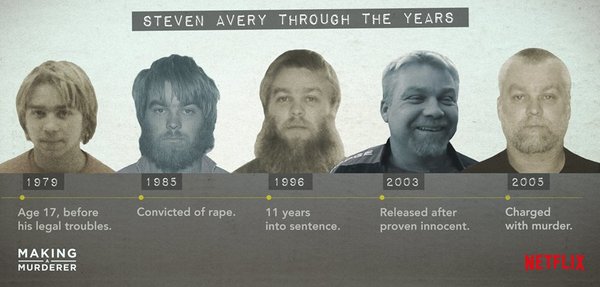
Typically, most TV episodes have a water cooler shelf time of 24 hours from the time they’re watched. In the age of DVR, this can extend the duration in which they’re talked about, but normally, if it’s a show that’s strong enough creatively and in it’s fanbase, that extra period may last only about 48 hours total before fans have exhausted their conversation and are moving on to talk about some other show they like to watch, or the things they’ve done in their free time.
Which makes traditional TV great for about twelve weeks because people will be continuously discussing what happens weekly with their friends and co-workers who also enjoy watching for short intervals while they’re on a break, shooting the crap, or just having small talk.
It also means that it’s more difficult for shows on Netflix to get the same sort of attention because the streaming service allows users to watch every episode upon release. As a result, the entire season generally has a water cooler shelf time of 48 72 hours, or however long it takes for them to finish the series, which is generally a lot less time syndicated content where they force a longer duration.
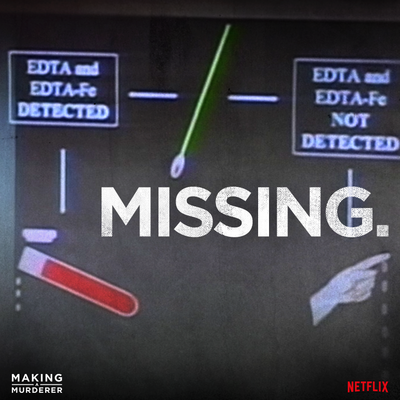 But it also means the viewers have more to talk about, and they don’t have to wait annoyingly for the answers to a cliffhanger ending (well, hopefully not if they don’t end the season on one).
But it also means the viewers have more to talk about, and they don’t have to wait annoyingly for the answers to a cliffhanger ending (well, hopefully not if they don’t end the season on one).
For example, are you still talking about Stranger Things? The show came out a month ago, and would have aired maybe all of five episodes had it been on network or cable TV (Hell, even Hulu), but since most of us finished up the short eight episode season within hours of starting it we’re already looking forward to Season 2.
And yet, there hasn’t really been any shortage of updates or conversations regarding Making a Murderer. Sure, the announcement of a second season made a bit of news, but where Making a Murderer succeeded was in it’s portrayal of subjects Brandon Dassey and Steven Avery, who may have been convicted beyond a reasonable doubt in a court of law, but are now being debated in the public eye after 18 million people followed their story.
As a result, people began to look into the other players in the story, finding out about Ken Kratz’s past indiscretions, searching for others who could have committed the crime, and doing whatever they could to help free a man many believed to be innocent of the murder both were convicted of.
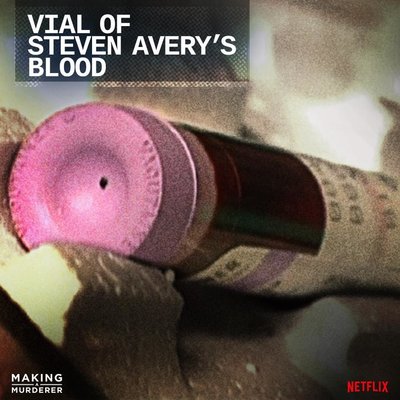 Because it’s a real life situation, these stories continued to provide additional fodder to continue to the word of mouth that so many shows end up losing after their season finale.
Because it’s a real life situation, these stories continued to provide additional fodder to continue to the word of mouth that so many shows end up losing after their season finale.
But here’s where the show also runs the risk of becoming boring.
Even in the title, those who were unfamiliar with the case were left with ambiguity regarding who committed the crimes. Was it Making a Murderer because Avery became a murderer after his previous stint in prison that he was released from when evidence showed he wasn’t actually guilty then? Or was it Making a Murderer because the police had planted evidence to make Avery seem like he’d actually killed Teresa Halbach? Maybe some other reason entirely?
And when Netflix announced a month ago that they were picking up a second season to provide updates on the Avery case, the interest just seemed to be sucked out of the show known for being more than just a compelling true crime drama. Hell, with everything going on, the excitement the show brought was because we were watching a John Grisham book played out on our TVs in a way that we hadn’t seen it before.
What made it interesting was in trying to find out if there was ever going to be any key piece of evidence that the defense could use to exonerate Avery, or if Dassey was ever going to get the counsel he deserved, or even if the defense would ever find some piece of evidence that clearly painted Avery and Dassey as being the killers.
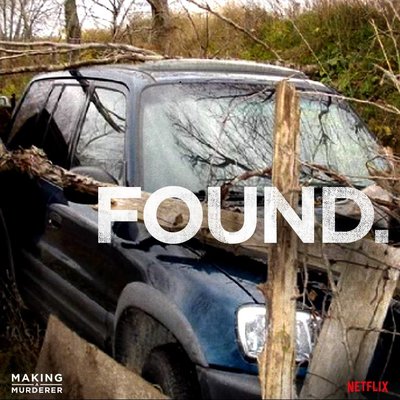 Instead, we’re going to be getting updates on evidence that will be presented at the trial. We’ll get reshot footage of Dassey having his conviction overturned and hopefully find out if the state of Wisconsin thinks they have enough evidence to still push for conviction, something which would likely lead to numerous protests outside the courthouse during the trial.
Instead, we’re going to be getting updates on evidence that will be presented at the trial. We’ll get reshot footage of Dassey having his conviction overturned and hopefully find out if the state of Wisconsin thinks they have enough evidence to still push for conviction, something which would likely lead to numerous protests outside the courthouse during the trial.
And while this is what we’d all hoped to see, we are seeing it already. We’re seeing it in the news who is still keeping us updated in the goings-on’s, or Avery’s attorney who likely is strategically leaking certain bits of information on her Twitter feed relating to their appeal.
Sure, Netflix says a lot of the filmed information will be different than what’s available publicly, but it feels like this is really just a story that could be aired as a follow up to the season in the same way that Talking Dead just had a special episode previewing Season 7 for The Walking Dead. And maybe it’ll be totally different than what’s expected, but when there’s other cases out there with similar circumstances, it seems like it could be entirely more plausible to set a season up around other cases that could still generate the same buzz, or the same excitement as what Avery’s and Dassey’s cases did.
Think of convicted offenders like Antonio Nicholas who claimed that he was beaten into confession of a murder in 1991. One that he was not able to have excluded from his first trial by order of the judge despite the fact that torture was found to be a common practice under the watch of Jon Burge. Furthermore, while Nicholas has never denied that he was in the area of the killing, he does deny any of being a part of any of the events, whereas another man was turned in for shooting a gun in the exact same area, said man admitted to doing so, and was released while Nicholas was just there to stick someone up and earn enough money to have his car fixed (according to the police statement because Nicholas had never owned a car as his mother would testify).
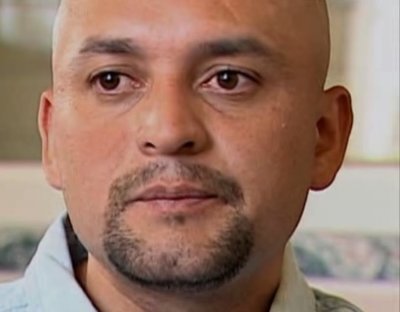
Gabriel Solache
Sure, it might be difficult to turn some of these episodes into full season runs, but given the fact that this information is all readily available online and there’s no shortage of attorneys working to help free those who have been wrongfully convicted, Making a Murderer Season 2 could have been much more than just the updates we’d see in a recap, right?
Not to mention, while Making a Murderer is still getting attention from the follow ups and updates regarding the Avery case, Netflix could have continued increasing it’s spread on small talk by adding in a new case.
Instead, we’ll likely just be watching Kathleen Zellner’s Twitter feed in real life.

